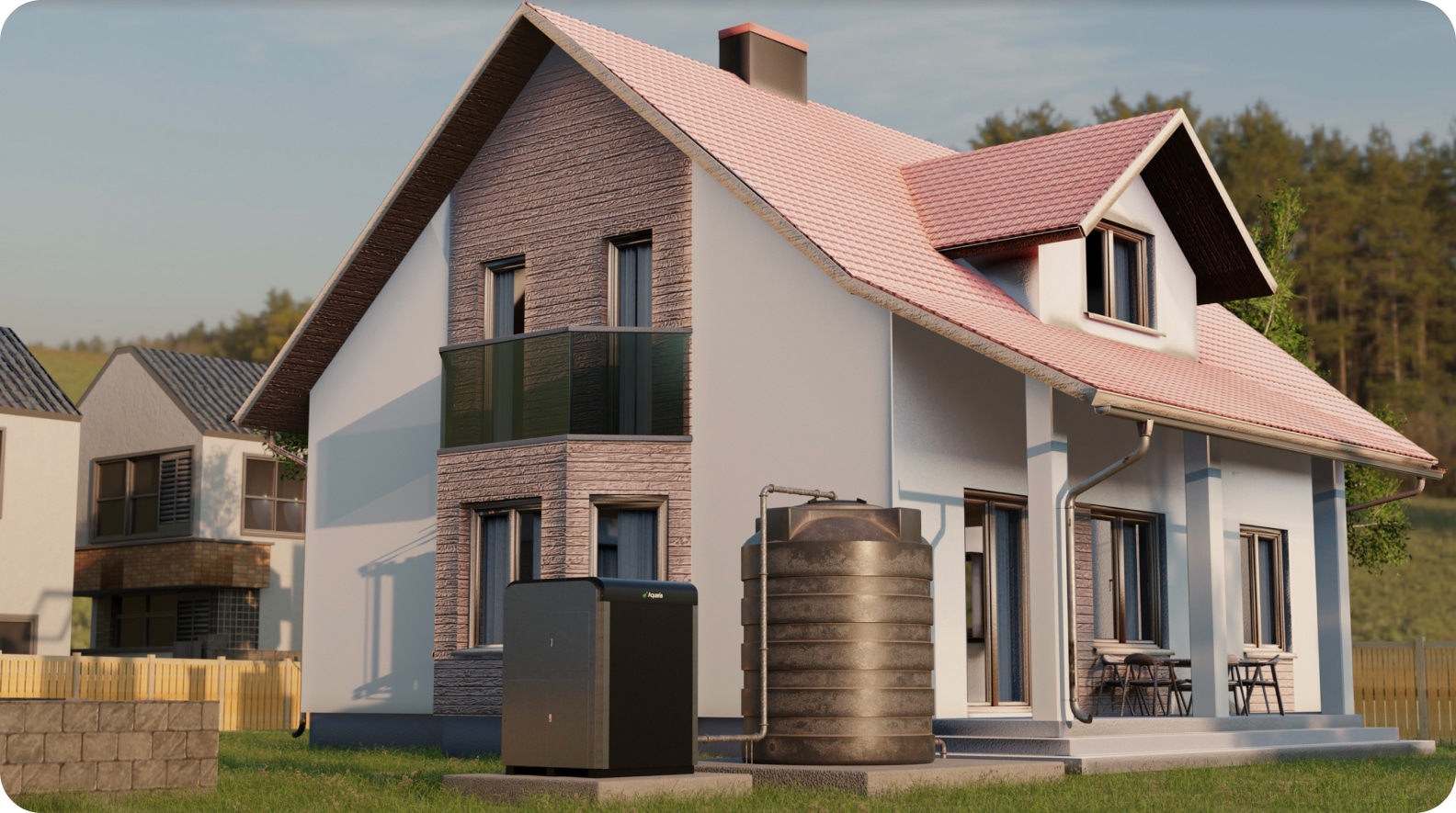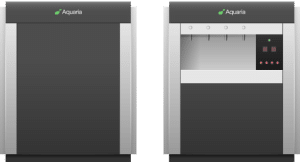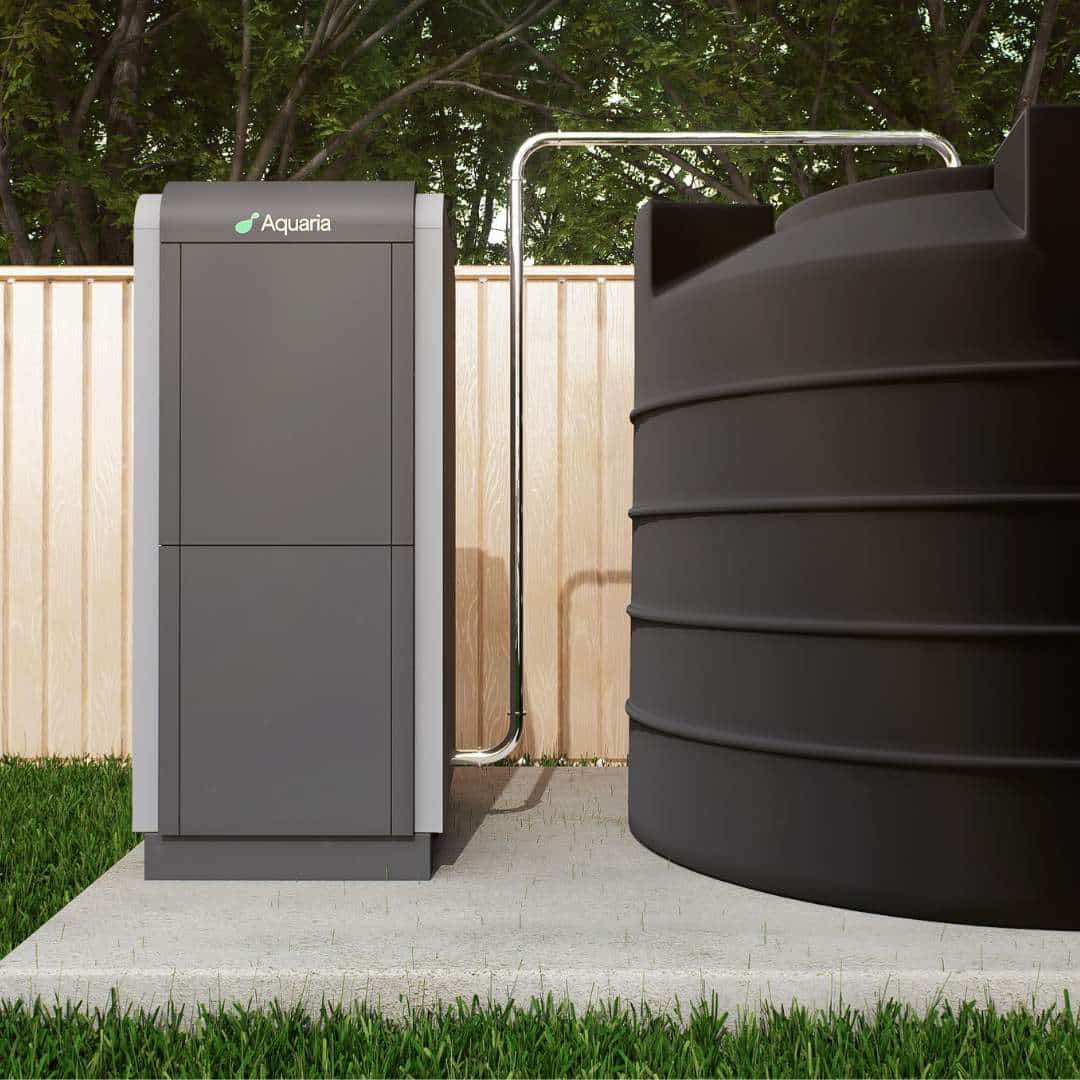Best Atmospheric Water Generators for Houses in 2024

As global water scarcity becomes an increasingly urgent issue, homeowners are turning to innovative solutions to secure their water supply. Atmospheric water generators have emerged as a breakthrough in sustainable technology, capable of making water from the air around us.
Moreover, recent improvements in energy efficiency make these devices suitable for use even in areas with limited power resources. These units are particularly suitable for supplying water to homes, hotels, businesses, and factories, combining efficiency with high performance to meet the needs of various sectors.
Let’s explore the best atmospheric water generators on the market today, helping you choose the right unit to ensure a reliable and eco-friendly water supply for your home.
2024’s Best Atmospheric Water Generators for Houses: Who Leads the Pack?
Aquaria’s Hydropack and Hydropack X
Leading the pack in efficiency and innovation, the Aquaria Hydropack and Hydropack X, stand out with their impressive performance metrics, boasting the lowest power usage per liter of water produced in the industry—just 220 Wh/L. The Aquaria Hydropack produces up to 500L (132 gallons) of water per day, whereas the Aquaria Hydropack X doubles that capacity, delivering up to 1000L (264 gallons) daily. These units not only excel in reducing energy consumption but also feature advanced safety and software options, allowing for precise control over water production.
Whether you are monitoring output, adjusting settings for optimal performance, or ensuring the safety of your water supply at home, the Aquaria Hydropack series makes it seamless. These features make the Hydropack and Hydropack X not only economical but also smart choices for discerning consumers prioritizing sustainability, safety, and sophistication in their water generation solutions.

Key Features
- Energy Efficiency: 220 Wh/L
- Safety Features: Advanced monitoring systems
- Software Integration: Robust, user-friendly interfaces
Why it is our top pick
- Lowest power usage in its class
- High-end safety features
- Comprehensive software support
Genaq Nimbus N500
While the runner-up in our top picks still delivers commendable efficiency with power usage as low as 240 Wh/L, it primarily stands as a straightforward hardware product. Lacking the advanced software features and support found in other models, this unit might initially appeal due to its simplicity and slightly lower cost. However, it’s important to consider the long-term usability and customer experience. Without software enhancements and dedicated support, users may find it less adaptable and potentially challenging to maintain peak performance over time.
This makes it a suitable option for those who prioritize basic functionality and immediate cost savings but might not be the best choice for everyone looking for sustainable, user-friendly water generation solutions.
Key Features
- Energy Efficiency: 240 Wh/L
- Hardware Quality: Durable build and reliable performance
Why it is our top pick:
- Strong performance with efficient power usage
- Durable construction
Other Atmospheric Water Generators for Houses
Tsunami T-500
This device stands shoulder-to-shoulder with the Genaq machine in terms of energy efficiency, each consuming a modest 240 Wh/L. However, it’s essential to note that the Tsunami T-500 lacks the enhanced software features that often accompany more advanced models. While this may not detract from its immediate performance, the absence of these software capabilities could limit the machine’s flexibility and user-friendliness over time, making it a better fit for those who prefer straightforward, no-frills operations in their devices.
Genesis Systems Watercube WC-100
A newcomer in the atmospheric water generator arena, currently available for pre-order, and it’s already generating buzz in the media. Genesis Systems utilizes an advanced hybrid cooling desiccant system to extract water from the air. While this approach allows the system to operate efficiently at lower temperatures and humidity levels compared to standard cooling-based atmospheric water generators (AWGs), it comes with some trade-offs. The system is more expensive due to the high cost of desiccant materials. Additionally, at higher temperatures and humidity levels, it consumes significantly more electricity to produce the same amount of water as cooling AWGs, such as Aquaria or Genaq atmospheric water generators, which are designed for greater energy efficiency in those conditions.
Watergen Gen-M Pro
Despite its state-of-the-art design, this device presents a significant challenge for cost-conscious consumers, with a rumored price tag exceeding $85,000 and an energy consumption rate of 350 Wh/L—making it one of the less energy-efficient options on the market. This model’s high upfront costs, coupled with its lack of advanced software features, may deter consumers who are looking for efficiency and smart technology.
SOURCE Hydropanels
An innovative product that combines solar panels with desiccant adsorption water from air technology to form a unified water production system. Despite its innovative approach, this device has complex rooftop installation and demanding maintenance. Each panel produces 3L or less than 1 gallon of water per day and costs $2,950 MSRP, yielding a low return on investment. Overall, a low value but cool product.
What to Look for When Choosing Atmospheric Water Generator For Your House
- Energy efficiency: One of the most critical factors in choosing an atmospheric water generator is its energy efficiency. As a homeowner, this is a crucial consideration as it affects both the environmental impact and the cost of running the unit. Models like the Aquaria Hydropack or Hydropack X showcase low power consumption per liter of water produced, which can lead to significant savings and a smaller carbon footprint over time.
- Water production capacity: The capacity of the water generator is pivotal, especially based on a household’s size and water usage. Products like the Aquaria Hydropack X, which supports large-scale water production, are perfect for larger homes or those with higher water demands, ensuring a consistent and ample supply of potable water.
- Functionality and Ease of Use: As a homeowner, you should also prioritize choosing atmospheric water generators that offer advanced features to improve safety, operational control, and overall usability. All of Aquaria’s products can be powered by renewables like solar, offering greater control and efficiency in managing water production.
Choosing the right atmospheric water generator involves more than just picking a model; it’s about finding a solution that is effective, efficient, and tailored to your specific needs. Opting for a unit that balances energy efficiency, robust water production capacity, and advanced usability features ensures you receive a system that not only meets your immediate needs but also adapts to future demands.
Whether for a small home or a large facility, selecting a scalable and versatile generator can transform your approach to sustainable water sourcing, making it a smart, long-term investment in both your quality of life and the environment.
As we look ahead to 2024, the Aquaria Hydropack and Hydropack X stand out in the atmospheric water generator market, with their exceptional energy efficiency of as low as 220 Wh/L and a suite of advanced safety and software features. These characteristics make them excellent choices for residential settings, providing a reliable and efficient solution for generating clean, fresh water directly from the air.
Subscribe to our newsletter to stay updated with the latest information and innovations in atmospheric water generation.

